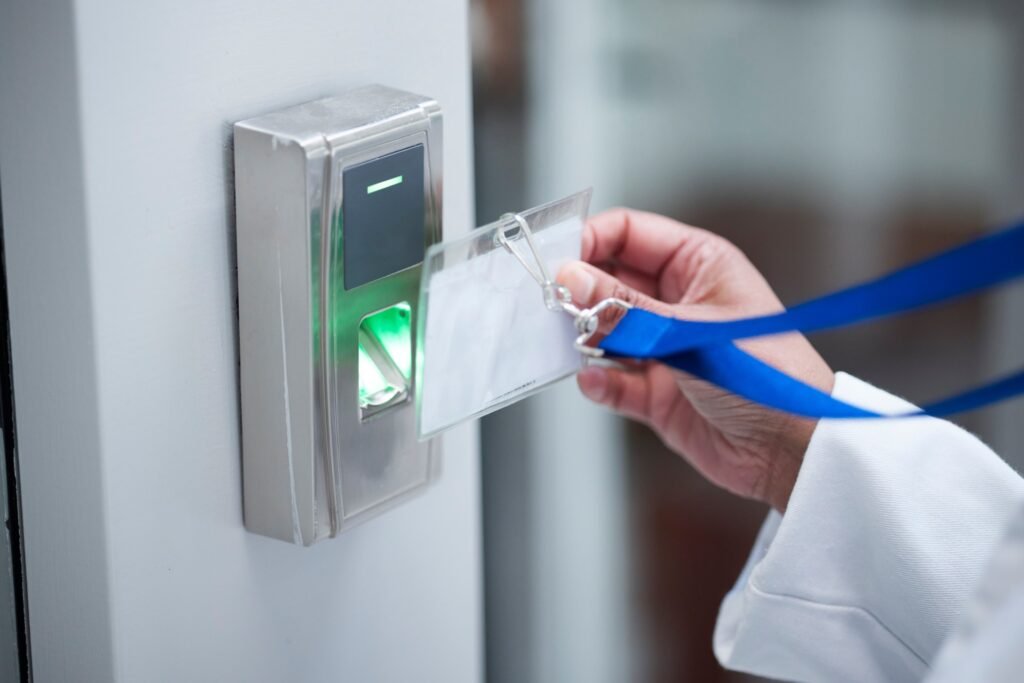In today’s fast-paced business environment, ensuring the security of your office premises is paramount to safeguarding assets, protecting personnel, and maintaining operational continuity. Implementing an access control system provides a reliable and efficient solution to regulate entry, monitor activity, and mitigate security risks. In this article, we present a comprehensive step-by-step guide to help you successfully deploy an access control system in your office.
1. Conduct a Security Assessment:
Before implementing an access control system, conduct a thorough security assessment of your office premises. Identify vulnerable areas, assess potential security threats, and evaluate existing security measures. Determine the specific access control requirements based on the size of your office, the number of entry points, and the sensitivity of the assets and information housed within.
2. Define Access Control Policies:
Develop clear and comprehensive access control policies that align with your organization’s security objectives and regulatory requirements. Define user roles, access levels, and permissions based on job functions, responsibilities, and security clearance levels. Establish protocols for granting, revoking, and managing access privileges, as well as procedures for handling security incidents and breaches.
3. Choose the Right Access Control System:
Select an access control system that meets your specific needs and requirements. Consider factors such as scalability, flexibility, integration capabilities, ease of use, and budget constraints. Choose between traditional systems with keypads, card readers, and access control panels, or modern solutions leveraging biometric authentication, mobile credentials, and cloud-based management platforms. Consult with reputable vendors or security experts to determine the best-fit solution for your office.
4. Design Access Control Architecture:
Design the access control architecture based on the layout and configuration of your office space. Determine the placement of access control devices such as card readers, biometric scanners, and door locks at entry points, restricted areas, and high-security zones. Establish communication protocols and wiring infrastructure to connect access control devices to the central management system. Ensure redundancy and failover mechanisms to maintain system availability and reliability.
5. Install and Configure Hardware and Software:
Install access control hardware such as card readers, electric strikes, and control panels at designated entry points according to the architectural design. Configure access control software to define user profiles, access rules, time schedules, and alarm notifications. Integrate the access control system with other security systems such as video surveillance, intrusion detection, and visitor management platforms to enhance situational awareness and response capabilities.
6. Enroll Users and Issue Credentials:
Enroll authorized users into the access control system and issue credentials such as access cards, key fobs, or biometric templates. Collect essential user information, verify identities, and assign access privileges based on predefined policies and roles. Provide training and instructions to users on how to use access control credentials properly, report lost or stolen cards, and follow security protocols to maintain system integrity.
7. Test and Validate System Functionality:
Conduct comprehensive testing and validation of the access control system to ensure functionality, interoperability, and compliance with security standards. Perform access control tests to verify user authentication, door locking mechanisms, alarm triggers, and emergency overrides. Test integration with other security systems and conduct simulated security scenarios to assess system response and effectiveness. Address any issues or deficiencies identified during testing before deploying the system into production.
8. Implement Ongoing Maintenance and Monitoring:
Establish regular maintenance and monitoring procedures to ensure the optimal performance and security of the access control system. Schedule routine inspections, software updates, and hardware maintenance to prevent system failures and vulnerabilities. Monitor system logs, audit trails, and security alerts to detect and respond to suspicious activities, unauthorized access attempts, and security breaches promptly. Implement continuous improvement processes to adapt the access control system to evolving security threats and organizational needs.
Implementing an access control system in your office requires careful planning, design, deployment, and maintenance to ensure effective security and operational efficiency. By following this step-by-step guide, you can successfully deploy an access control system tailored to your office’s unique requirements, enhance security posture, and provide peace of mind for employees, visitors, and stakeholders alike. Prioritize security, compliance, and user experience throughout the implementation process to maximize the benefits of access control technology in your office environment.
